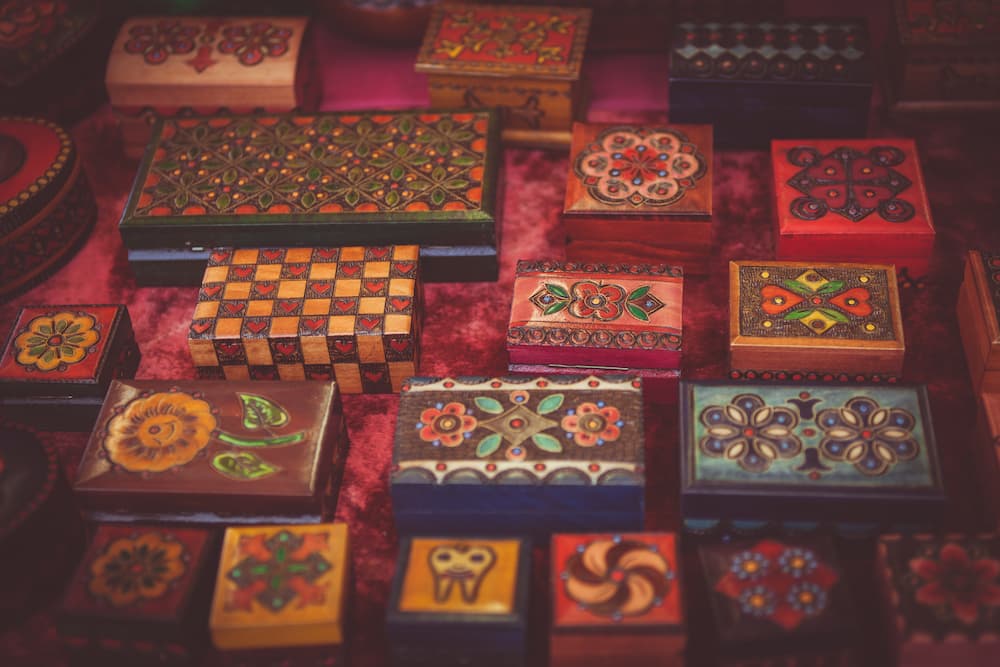
DIYs or do-it-yourself products have been ruling people’s hearts for a while now. Such handcrafted products are also preferred over industry-manufactured products by many people.
Anyone, from potters, artists, and leathercraft to metalcraft artists, can establish their name after gathering some experience in the DIY industry. More often than not, you can become well known in the DIY sector because of a personalized collection you crafted a collaboration, too.
Generally, some online presence is required to grow your DIY brand or service. You can increase your online presence with the traditional way of taking up new ideas and innovations. But there is also another way to ensure your brand or product is known by people.
Sticking to a particular theme helps your consumers know your work and associate you with that theme. This way, people know exactly where to go for their specific requirements, and you don’t have to go too out of the box for your ideas, either.
What Things Should You Know Before Getting Into The Diy Business?
Diy is a vast industry; there is always something or someone catering to the needs and wishes of someone else. Even the most choosy buyer finds some product or collection to satisfy them. From beaded jewelry to woodwork creations- it is a huge market listening to every type of demand made.
If you are new to the world of DIY online business or wish to start your own DIY brand online, here are a few things that you should know beforehand:
● Choose Quality materials: Often, people remember a product because of better quality and craftsmanship than other products. Quality materials are the first step to ensuring that your products are fine-looking.
● Photographs: The pictures you post of your products also have a say in people buying them. If your product placement is improper or the light can’t differentiate between the product and the surroundings, buyers would not be interested. You can always practice and compare photographs to see improvements.
● Branding: Your brand name is one of the most important aspects that decide if your product will have organic growth. Catchy names or names that relate back to the specifics of your craftsmanship are easier for consumers to remember and relate to.
● Research: In any type of business, online or not, you should always research the market demand before you decide to hop on the bandwagon. If there is more demand for wooden vases, you could profit from that demand if you have experience in woodwork.
● Differentiating your Creations: There will always be different types of creators with different craftsmanship and vision. Try to notice what will set your products apart from the rest. Uniqueness sells; such products often get more attention, and people are willing to pay more for unique creations.
Most of these things people learn in their initial days of building an online presence for their brand. However, some hacks, like – following a particular theme, can help your brand find a footing relatively easier and quicker.
Another hack is offering personalizations and customizations in your creations specifically to the states of your buyers. The more you cater to the needs of buyers or personalize, the more loved your products become.
What Are Themes In A Diy Product Business?
Growing or starting a business online means getting behind all the creating, promoting, marketing, etc.
However, if you have a love for e-commerce and love to create, you can master this in no time. Following certain trends and catering to specific market demands can help establish your brand.
Themes are an excellent way to grow and popularize your DIY business. There are themes you can explore for every type of DIY creations. Often, people have ended up creating their own personalized themes for their products.
Themes help your consumers to choose by their preferences; people also end up paying generously for personalized themes because of their uniqueness.
You can also have multiple themes live for your online DIY brand simultaneously. You can also have them run for a specific amount of time or all year round. This way, there is more traffic for your brand, and people get to know more about what you offer.
Are Themes Really Useful In Growing An Online DIY Business? How To Use Them To Your Advantage?
More often than not, themes are instrumental in growing an online business. It segregates the type of services and products you can offer and makes them easily accessible to your consumers.
There are many types of themes you can go for to promote your business. From festival or holiday-themed DIY crafts to personalized takes on your creations, they are all liable to elevate your brand.
Themes get more attention because consumers often do not know what they are looking for. This helps them form a decision as well.
As a person with a relatively older online business presence, themes have the advantage of assorting most of your creations into neat packages. People can also search by features or materials, or texture.
At the same time, when you focus on a particular theme for too long, the original purpose of having a theme is lost, and it becomes useless. Ensure that you keep tweaking your themes or add something new to experiment with every now and then.
Experimenting and sticking to a theme are somewhat proportional- they both frequently add freshness to your brand’s products.
Conclusion
There is no better time to get into the online business world than now, with so many ways to expand your online brand’s growth and overall presence. Diy business, particularly, is seeing a steady increase in the eCommerce industry.
Themes are a great way to grow any brand’s online presence, apart from the said brand being online. You can implement themes to grow your brand’s online presence in many ways.
From crafting your products around a particular theme to offering personalized creations in some themes, people are attracted to themed products more than traditional crafts.
If you are new to online business or trying to make your presence in the world of DIY, experiment with themes for a set period of time for promising brand growth.


